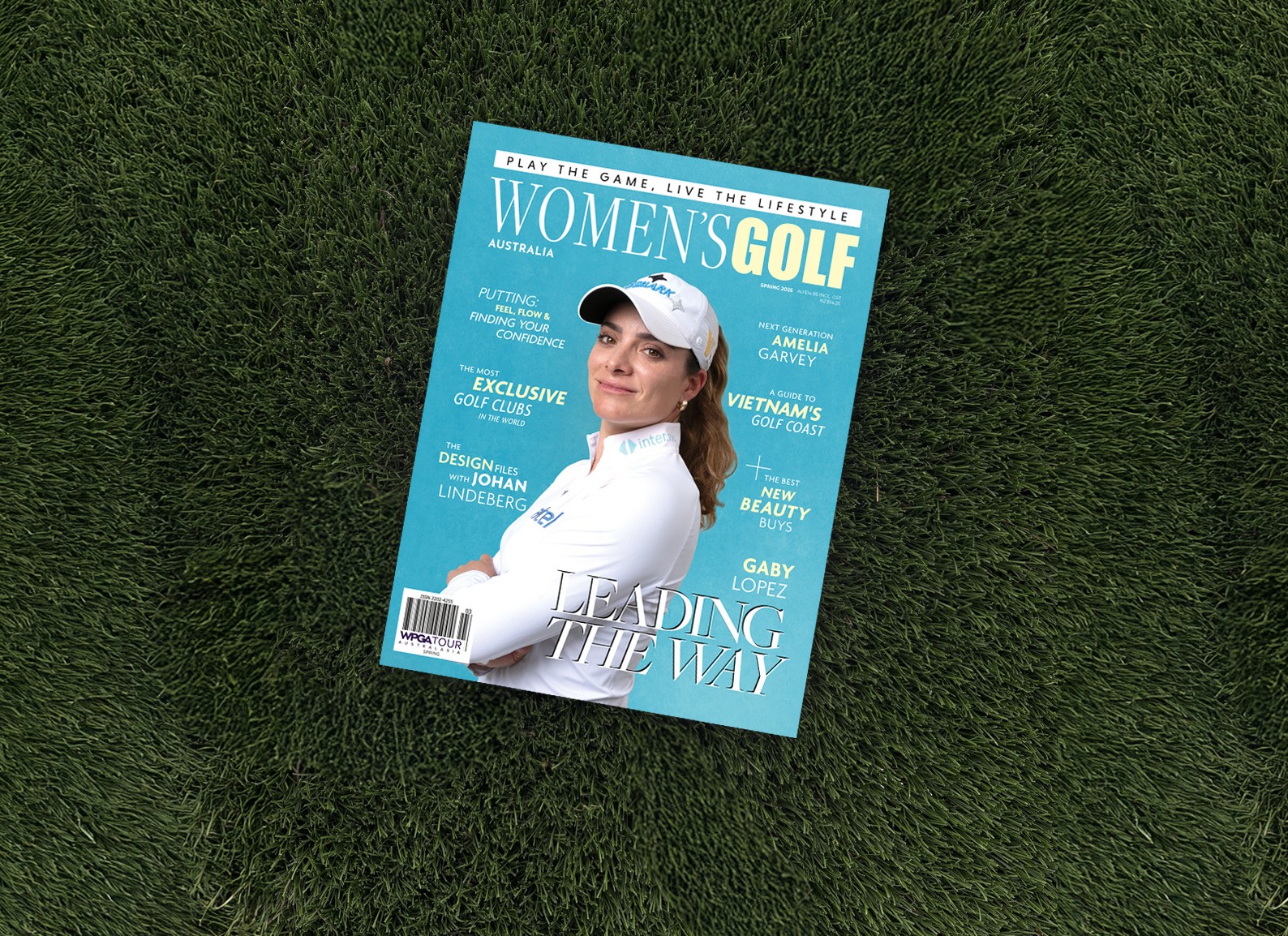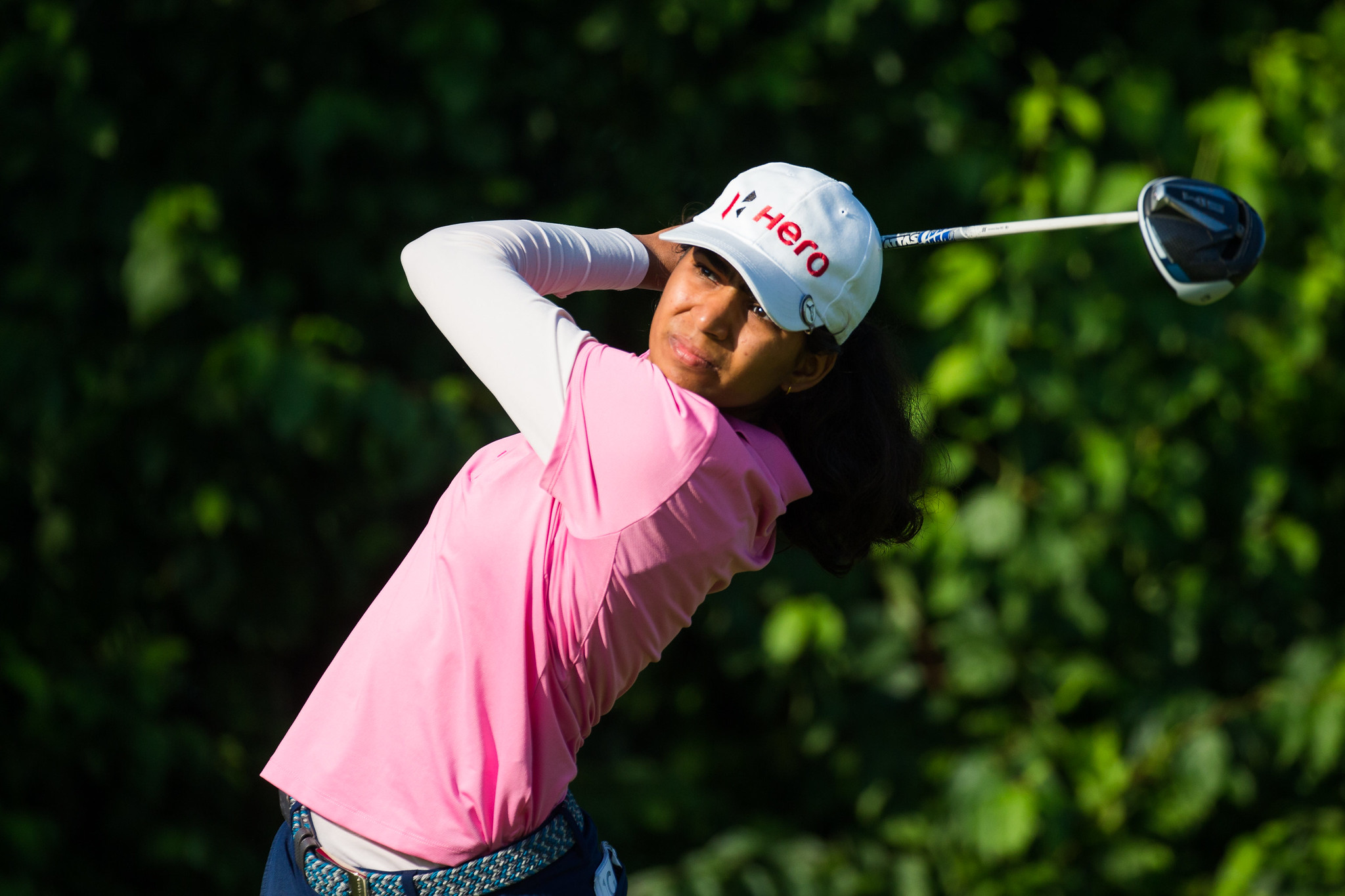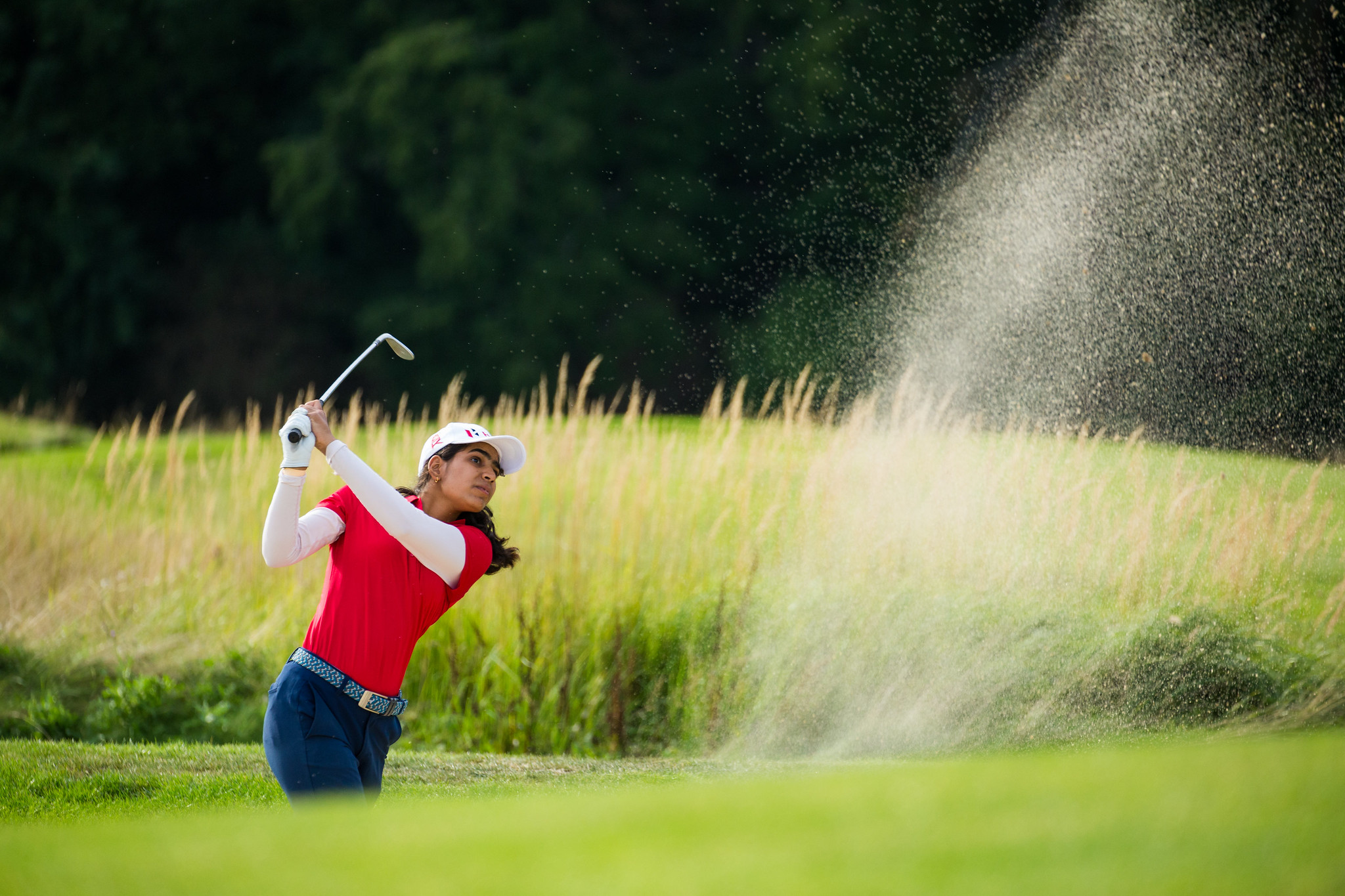CATEGORIES
- Latest News
- Interviews
- Golf Travel
- Features
- Juniors
- Competition
- Events
- Health
- Equipment
- Fashion
- Archive
INFORMATION
CURRENT ISSUE

SUBSCRIPTIONS



Words: Jimmy Emanuel
Golf at every level is packed with remarkable stories of people overcoming obstacles and challenges to simply play the sport, and in some cases succeed at the highest level.
India’s Diksha Dagar is certainly one such case, even if the 24-year-old Indian slightly discounts what she has achieved in a short professional career that began when she joined the play-for-pay ranks in 2019 at 18.
Firstly, Dagar is left handed, which in the modern golfing world of Phil Mickelson, Bubba Watson and Brian Harman winning men’s majors may not seem that unique, however in women’s golf playing from the “wrong” side of the ball is perhaps rarer than an albatross.
Case in point, only one left handed player has ever won on the LPGA Tour. Bonnie Bryant’s lone triumph for the lefties coming more than 50 years ago in 1974.
Adding to the impressive development of Dagar is her emergence on the world stage from India, with Aditi Ashok just three year’s Diksha’s senior, the most notable female golfer from their homeland. Men’s professional golfers from India, a country with less than 200 courses for more than 1.4 billion people, a slightly more common occurrence.
Most remarkably though, Dagar’s development to become a two-time winner on the Ladies European Tour (LET) has all come about despite being
deaf.


Born into a military family, Dagar began wearing hearing aids around the age of six, when she also started her golfing journey alongside her brother, Yogesh, who is profoundly deaf.
Conducting interviews through sound and reading lips, Dagar is well versed in speaking about how it has impacted her golf, and her response offers a window to the determined spirit that has overcome all obstacles.
“When I was younger, I used to face challenges in hearing,” Dagar says.
“Now as I’m growing up and travelling around the world I’m getting used to it. I'm learning more … and then you get better.
“Sometimes in a strong wind I find it difficult because the sound travels.”
Speaking to Women’s Golf Magazine during the Ford Women’s NSW Open, one of three co-sanctioned events between the LET and WPGA Tour of Australasia, Dagar expressed her fondness for the beauty and golf courses of Australia.
One of the challenges she has faced in childhood, finding left handed clubs, another noteworthy benefit of the two-time Olympian’s regular visits ‘Down Under’.
“It's a unique,” she says of being left handed.
“Some people say that left-handed are more creative than the right handed.
“When I got here in Australia, I found my left hand putter. They have so many options … And when I purchased the putter and I played in Australia with that and after in South Africa, I happened to win because of I found a lucky putter in Australia.”
The victory in South Africa Dagar mentions was her first as a professional and came at the 2019 Investec South African Women's Open having just joined the pro ranks months earlier.
That victory part of an immediate impact on the professional golf world for Dagar, who became the second Indian woman to win on the LET after Ashok, and the youngest at just 18 years old.
Continuing to learn her craft on what some consider the toughest Tour in world golf, Dagar’s development received another boost when she was a late addition to the 2020 Olympic Games in Tokyo.
Joining Ashok, who narrowly missed out on a medal, Dagar once again made history with the Indian becoming the first golfer to compete in both the Olympics and Deaflympics, where she earned a Silver medal in 2017.
Winning again on the LET in 2023, having returned to the Deaflympics in 2021 and won Gold, Dagar made her second Olympic appearance in Paris and was in the mix on day one despite yet another challenge when her family was involved in a car accident that hospitalised her mother.
No doubt still learning her craft as a professional golfer, Dagar has always thrived in sport, especially when considering her hearing impairment that for golf means a complete different feel at impact.
“I love sports,” she says when asked if the challenge of sport is put into perspective given the other obstacles she has overcome.
“When I was younger, I used to play all sports, swimming, tennis, horse riding, everything, because I was into most sports and I was one of the bests athletes in school as well, and I was a part of the basketball team. So, the sport was never a challenge to me.”
Listing men’s world No.1 Scottie Scheffler, Tiger Woods, Michelle Wie and India’s own Anirban Lahiri as her golfing role models, Dagar wants to inspire more Indian children to play golf.
“I want to do like Anirban Lahiri, he has achieved so much and has created a recognition for the Indian golf community,” said Dagar.
“So if you look at 20 years before there were no top professional golfers, and now Anirban Lahiris is there, Jeev Milkha Singh was the first to have turned professional and the sport has been introduced to India and it is gaining a popularity in India and younger generation are doing very well.”
One of that younger generation doing well herself, Dagar’s start in the game came through the military like so many golfers in India, where more than half the golf courses are located on military bases.
For Diksha, it was her father Narinda, known as ‘Colonel’, who is a constant presence as her caddie, that introduced her to the game.
“It's really cool and it's a blessing and I take it as a privilege and honour to see what I'm getting to see and it's phenomenal what Diksha has been able to do so far,” Narinda says of his daughter.
“So she's done, I guess, amazingly well.”
Considering the various hurdles she has faced, “amazingly well” might even be an understatement when describing Dagar, yet despite the occasional disbelief at her achievements from outside the family, Diksha isn’t the kind to rest on her laurels or focus on why she can’t do something, only what she can do.
“That's my main goal to get to play LPGA,” she says. “Now I'm going to focus on my game and process and keep it steady, work on my fitness. That's it.”